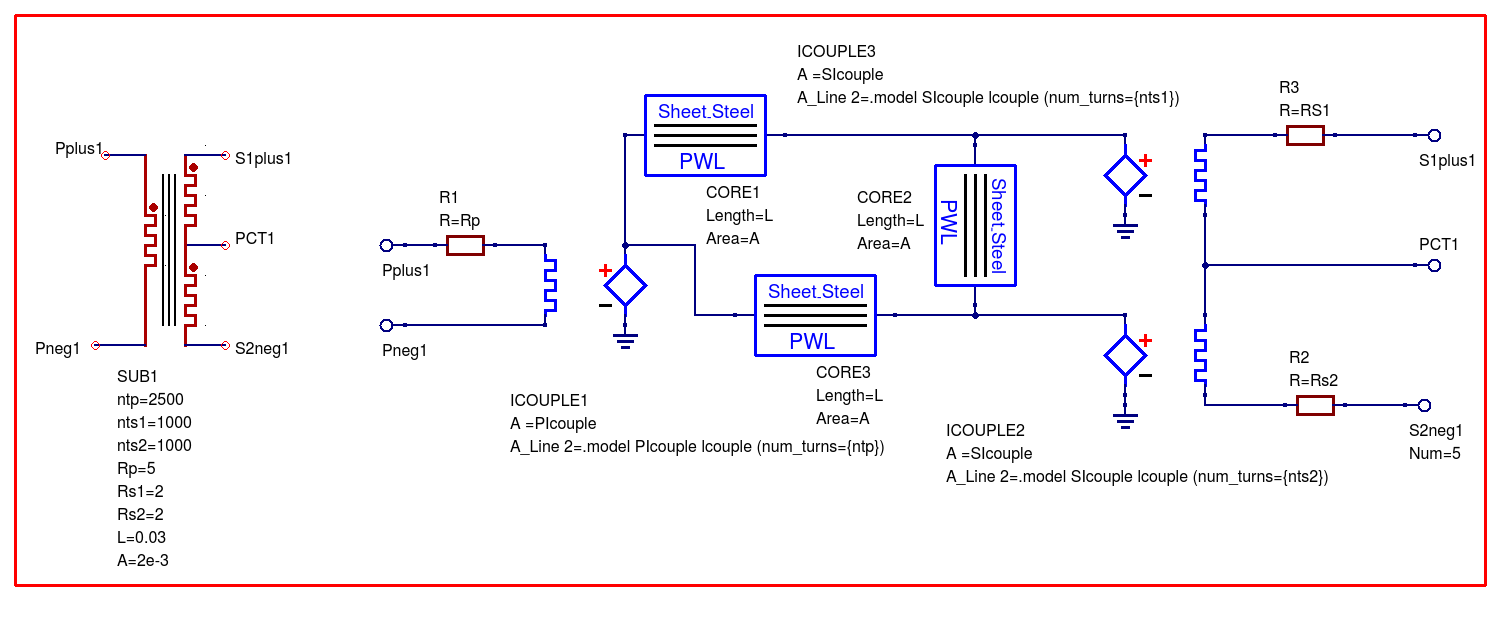
Figure 3: New project dialog Confirm the dialog by pressing the Create button. Either press the New button above the projects folder or use the menu entry Project New Project and enter the new project name. For this we first create a new project named WorkBook. Setting up schematics The following sections will enable the user to setup some simple schematics. And for circuit optimizations ASCO (see is configured and run. For digital simulations (via VHDL) the program FreeHDL (see is used. Additionally the GUI steers other EDA tools. The supported file formats as well as usage information can be found on the manpage of qucsconv. a command line conversion program The conversion tool is used by the GUI to import and export datasets, netlists and schematics from and to other CAD/EDA software. an attenuator synthesis application, The program can be used to design various types of passive attenuators. 3ĥ a component library, The component library manager holds models for real life devices (e.g. a transmission line calculator, The transmission line calculator can be used to design and analyze different types of transmission lines (e.g. a filter synthesis application, The program can be used to design various types of filters. a simple text editor, The text editor is used to display netlists and simulation logging informations, also to edit files included by certain components (e.g. It takes a netlist, checks it for errors, performs the required simulation actions and finally produces a dataset.
Qucs tutorial simulator#
the backend analogue simulator, The analogue simulator is a command line program which is run by the GUI in order to simulate the schematic which you previously setup. There are the GUI itself, The GUI is used to create schematics, setup simulations, display simulation results, writing VHDL code, etc. Tool suite Qucs consists of several standalone programs interacting with each other through the GUI. 2Ĥ Figure 2: Application setting dialog To take effect of the language and font settings the application must be closed either via the Ctrl + Q shortcut or the File Exit menu entry. In the File Application Settings menu the user can configure the language and appearance of Qucs. Above you can find the menu bar and the toolbars. The large area on the right hand side is the schematic area. Usually the projects folder will be empty if you use Qucs for the first time. 1ģ Figure 1: Qucs has been started On the left hand side you find the Projects folder opened.

So depending on your system s language settings the Qucs graphical user interface (GUI) appears in different languages.
Qucs tutorial software#
Once the software has been successfully installed on your system you can start it by issuing the # qucs command or by clicking the appropriate icon on your start menu or desktop. Also links for binary packages for certain distributions (e.g.
Qucs tutorial install#
The software is available for a variety of operating systems including GNU/Linux Windows FreeBSD MacOS NetBSD Solaris On the homepage you ll find the source code to build and install the software. Contact the authors to verify them and finally to incorporate it into the software. Every user of the program is allowed and called upon (on a voluntary basis of course) to modify it for their purposes as long as changes are made public. It can be downloaded from and comes with the complete source code.
Qucs tutorial license#
Qucs is free software licensed under the General Public License (GPL).

A copy of the license is included in the section entitled GNU Free Documentation License.Ģ Introduction The following sections are meant to give an overview about what the Qucs software can be used for and how it is used to achieve this. 1 Qucs A Tutorial Getting Started with Qucs Stefan Jahn Juan Carlos Borrás Copyright c 2007 Stefan Jahn Copyright c 2007 Juan Carlos Borrás Permission is granted to copy, distribute and/or modify this document under the terms of the GNU Free Documentation License, Version 1.1 or any later version published by the Free Software Foundation.


 0 kommentar(er)
0 kommentar(er)
